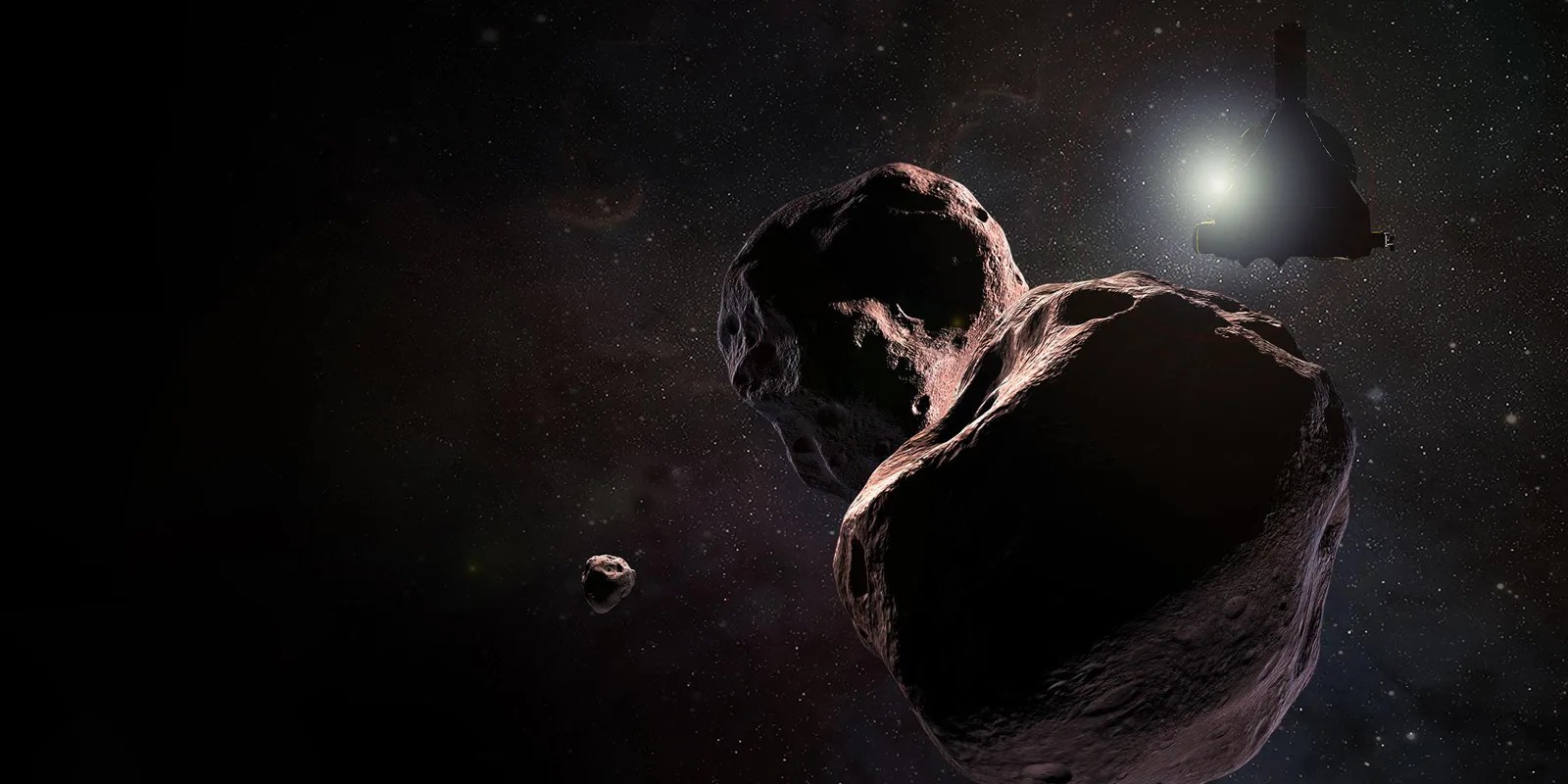Cyllene
Discovery
Cyllene was discovered Feb. 9, 2003 by Scott S. Sheppard and his team from the University of Hawaii at the Mauna Kea Observatory in Hawaii.
Overview
Cyllene is considered a member of the Pasiphae group, a family of Jovian satellites which have similar orbits and are therefore thought to have a common origin.
Most or all of the Pasiphae satellites are thought to have begun as a single asteroid that, after being captured by Jupiter's gravity, suffered a collision which broke off a number of pieces. The bulk of the original asteroid survived as the moon called Pasiphae, and the other pieces became some or all of the other moons in the group.
All of the Pasiphae moons are retrograde, which means that they orbit Jupiter in the opposite direction from the planet's rotation. Their orbits are also eccentric (elliptical rather than circular) and highly inclined with respect to Jupiter's equatorial plane. All of these characteristics support the idea that the Pasiphae satellites began as one or more captured asteroids, rather than forming as part of the original Jupiter system.
Compared to Jupiter's other satellite groups, confidence is lower that all the moons in the Pasiphae group originated in a single collision. This is due to differences in color (varying from red to gray), and differences in orbital eccentricity and inclination among the members of the Pasiphae group. Sinope, in particular, is suspected of starting out as an independent asteroid.
If Sinope does not belong in the Pasiphae group, then the individual moon called Pasiphae retains 99 percent of the mass of the original asteroid. If Sinope is included, Pasiphae still retains the lion's share: 87 percent of the original mass. None of the Pasiphae members is massive enough to pull itself into a sphere, so they are probably all irregularly shaped.
Cyllene has a mean radius of one kilometer, assuming an albedo of 0.04. At a mean distance of about 14.8 million miles (23.8 million km) from Jupiter, the satellite takes about 752 Earth days to complete one orbit.
How Cyllene Got its Name
Originally called S/2003 J13, Cyllene was named for a nymph in Greek mythology who was a daughter of Zeus, the Greek equivalent of the Roman god Jupiter. She is associated with a mountain in Arcadia on which, legend has it, the blackbirds become white and are impossible to shoot during the daytime.
A name ending in "e" was chosen for this moon in accordance with the International Astronomical Union's policy for designating outer moons with retrograde orbits.




